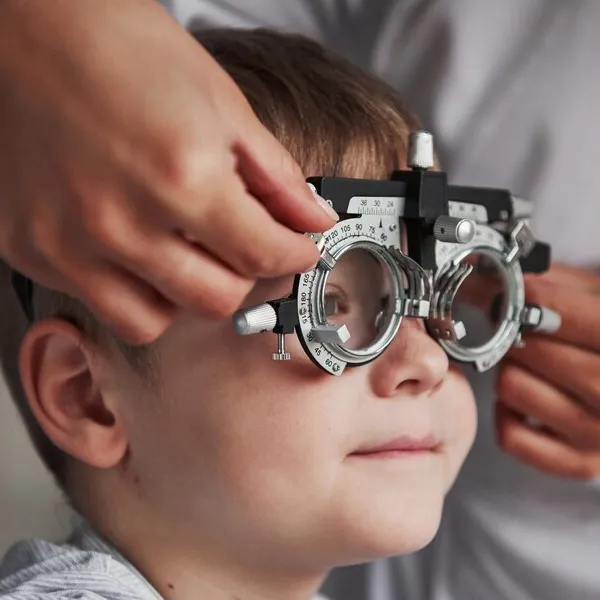
Best Pediatric Ophthalmology Hospital in Chandigarh
Drishti Eye Hospital is one of the best pediatric ophthalmology hospital in Chandigarh that provides the finest healthcare for children. The hospital has an esteemed pediatric ophthalmology department dedicated to addressing ocular disorders in children and ensuring optimal vision. Utilizing advanced diagnostic tools, we prioritize early detection and intervention to mitigate potential irreversible damage.
Call to ask any question +91-708-7219008

Dr. Ashok Gupta
(Chairman and founder)Pediatric Ophthalmology
Pediatric ophthalmology is a specialized branch within the field of ophthalmology dedicated to addressing a range of eye conditions affecting children. Research indicates that many cases of Attention Deficit Hyperactivity Disorder (ADHD) and learning difficulties in children may stem from vision impairments.
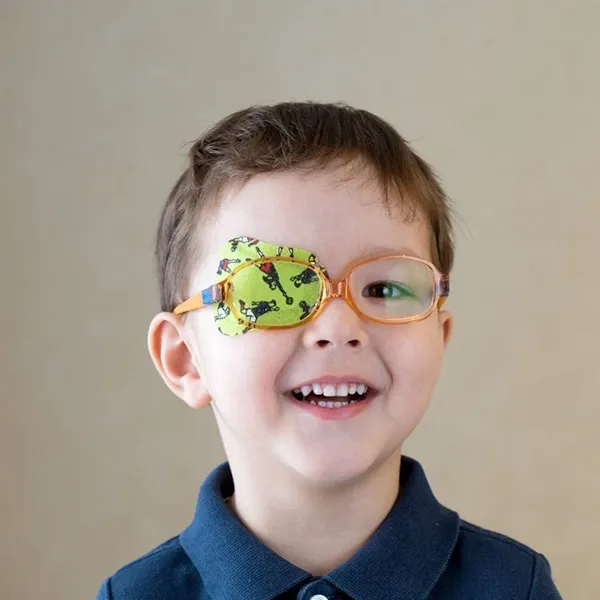
The Need for Pediatric Ophthalmology
The necessity of pediatric ophthalmology arises from the distinct nature of eye diseases affecting children, requiring specialized treatment approaches tailored to their unique needs. Furthermore, pediatric ophthalmologists possess specialized training to effectively address these challenges.
It is crucial to acknowledge that children may not always articulate their eye problems, either due to a lack of understanding or reluctance to express discomfort. Similarly, parents may overlook such complaints, attributing them to attention-seeking behavior. Contrary to common misconceptions, pediatric eye examinations can be conducted before a child learns to read. Pediatric ophthalmologists are adept at conducting objective assessments, enabling early detection of eye problems or refractive errors, even without direct input from the child.
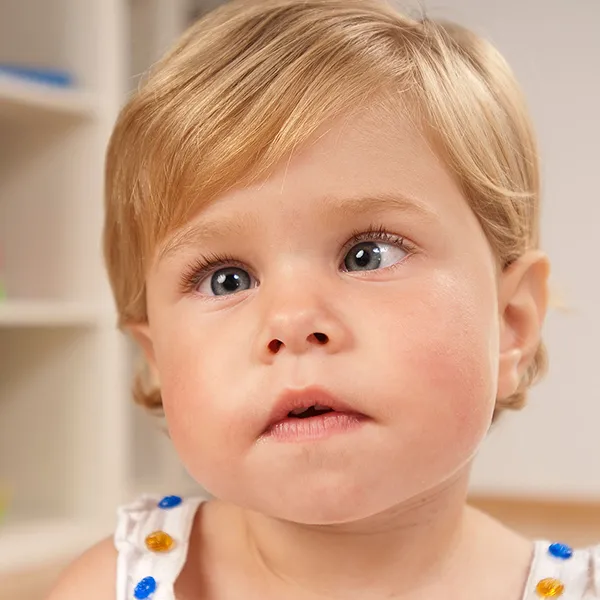
Symptoms of Vision Issues in Children
Therefore, it’s crucial to recognize potential warning signs.
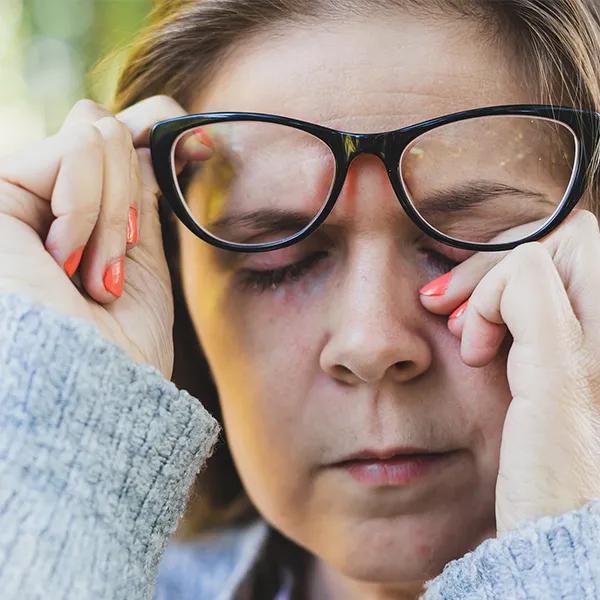
Heightened sensitivity to light
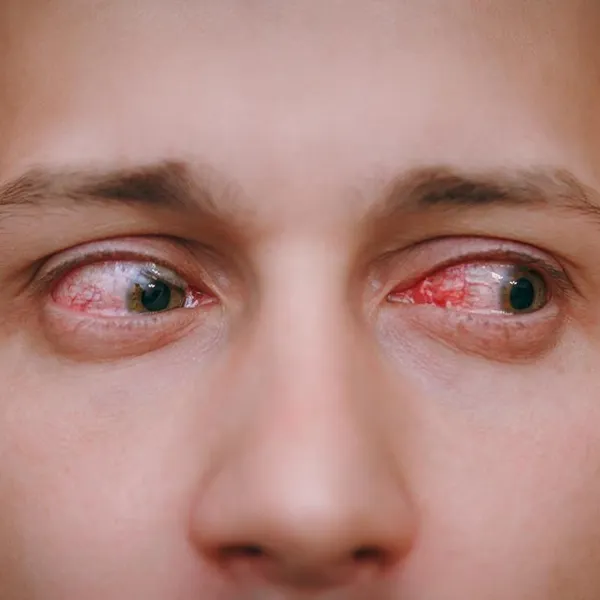
Persistent redness
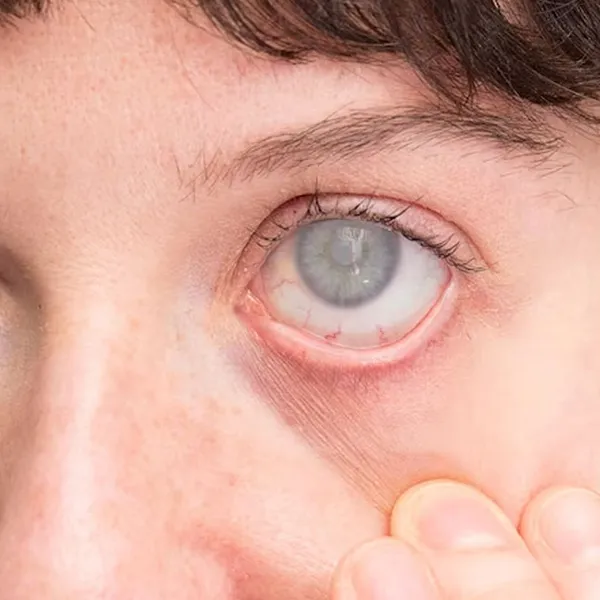
Cloudiness in the iris
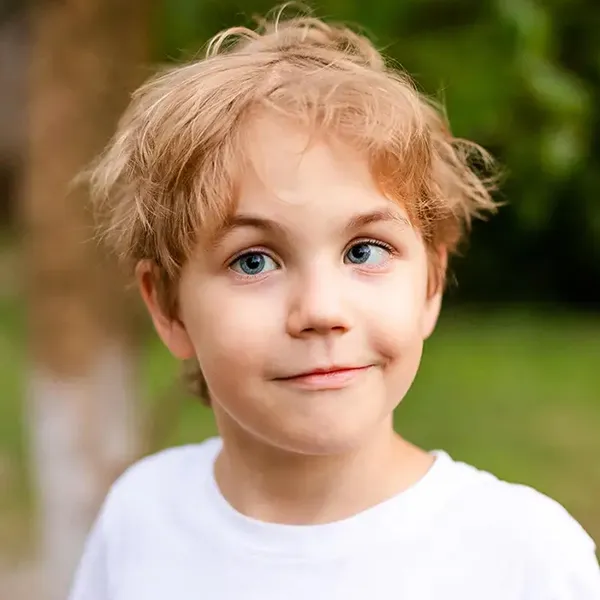
Crossed eyes
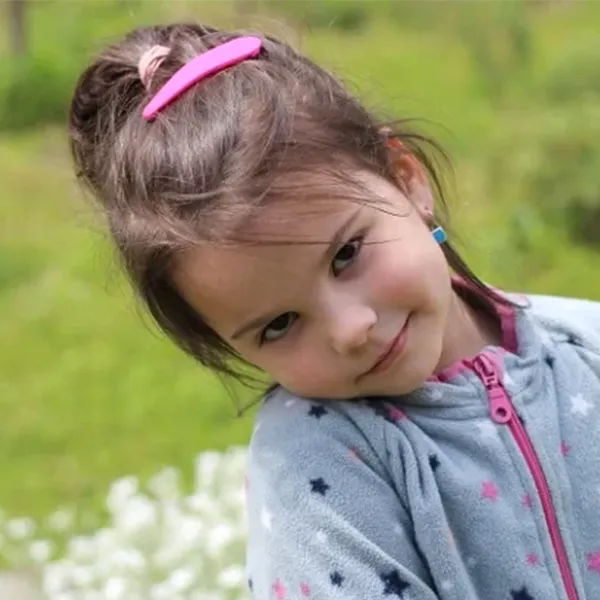
Tilting the head to view objects
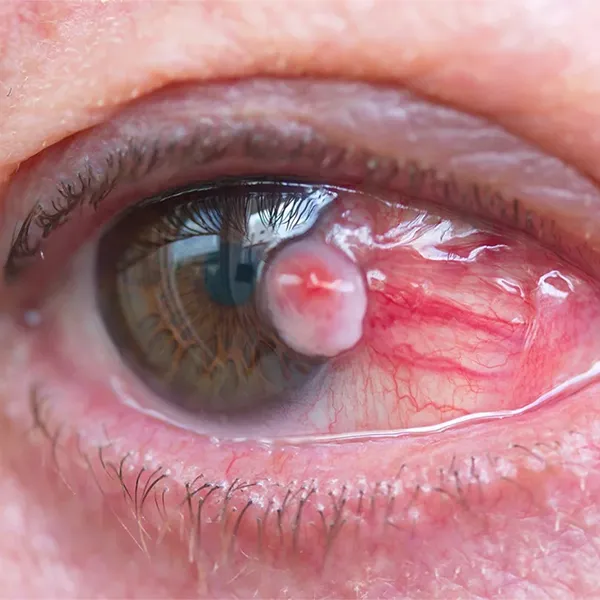
White spots on the pupil
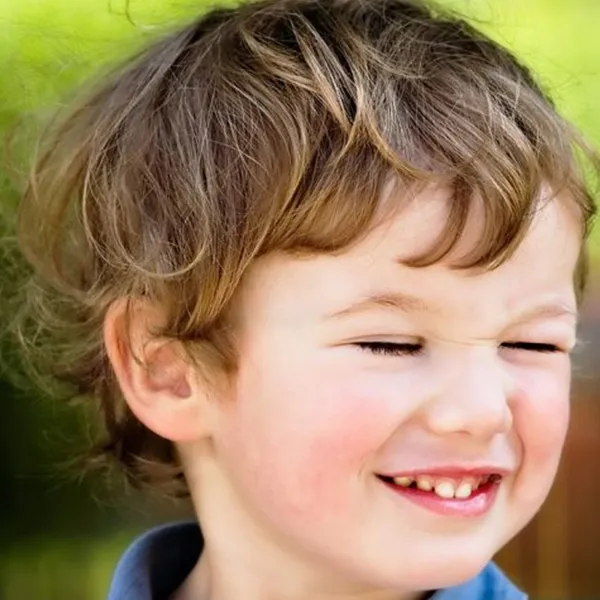
Excessive blinking or tearing

Poor focus in one eye
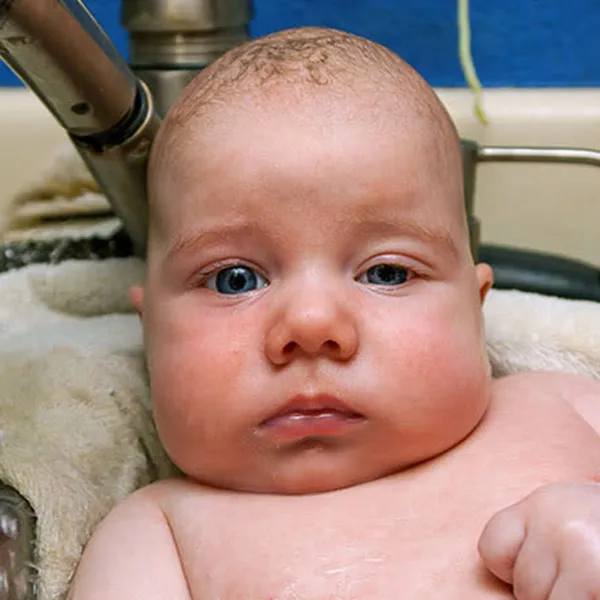
Drooping eyelids
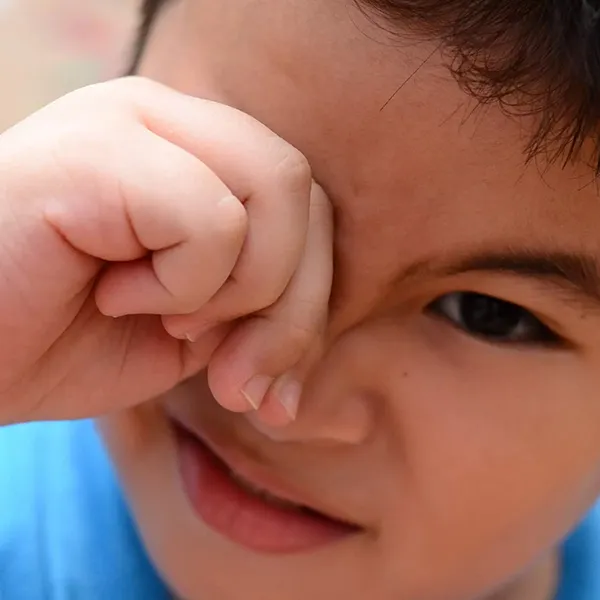
Frequent eye rubbing

Lazy appearance in one eye
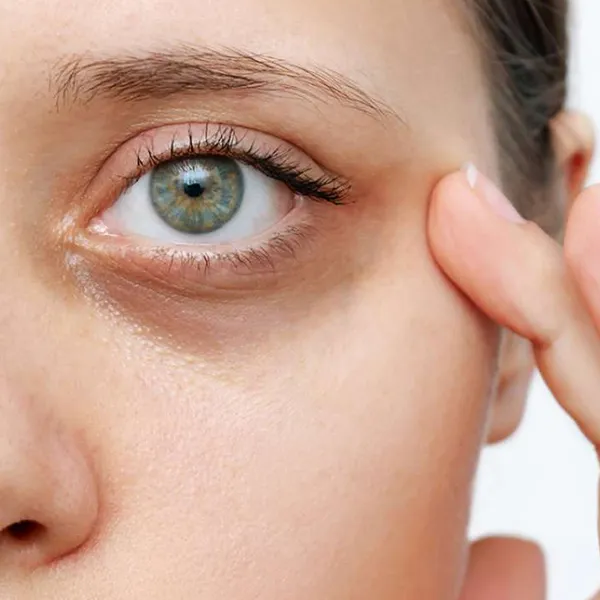
Lack of responsiveness
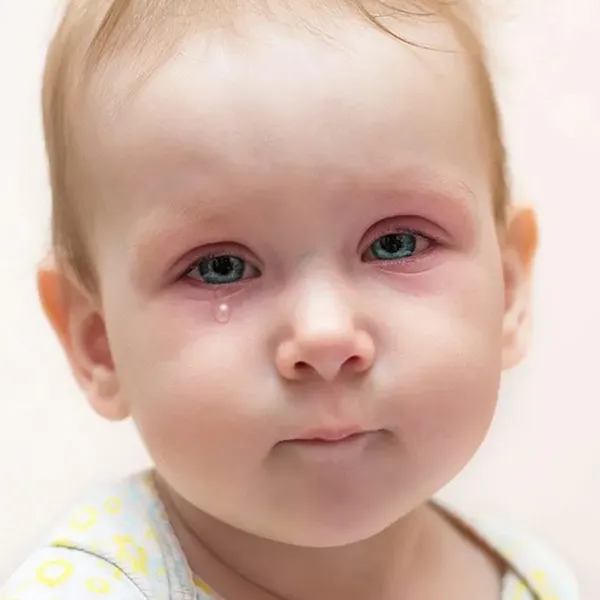
Discharge
The Common Vision Problems in Children
Among children, some of the most prevalent vision issues are refractive errors, encompassing nearsightedness, farsightedness, and astigmatism. Apart from these, children may also encounter:
It is imperative to intervene early, particularly in newborns, as untreated issues within the first six months can result in lifelong visual impairment. Timely treatment is crucial to prevent permanent disconnection between the eyes and brain, potentially leading to total blindness as the optic nerve develops during infancy.
When seeking an infant eye specialist in Chandigarh- Panchkula, consider Drishti Eye Hospital, a trusted Eye Care Hospital in the region.
Benefits of Pediatric Ophthalmology
Early eye exams are crucial for child development, as undiagnosed vision problems can impact social interaction and learning abilities. Additionally, identifying and correcting vision issues early ensures your child’s safety and helps them reach their full potential without hindrance. Moreover, regular eye exams can also detect underlying health issues, including certain types of cancer, which may manifest through ocular symptoms.
We have years of experience and specialization in pediatric eye care. Our pediatric eye doctor provides comprehensive evaluations, diagnoses, and treatments, addressing any concerns you may have about your child’s vision health.
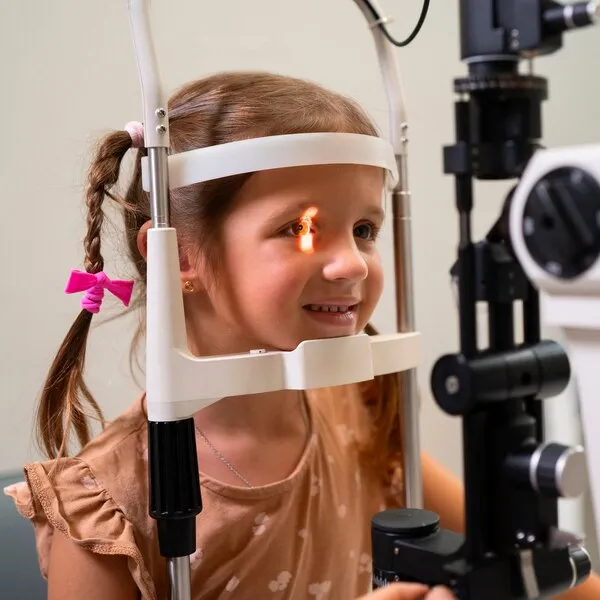
Diagnosis of Eye Conditions in Children
What to Expect During a Pediatric Eye Examination
This simple test evaluates how well your child's eyes coordinate. By having your child focus on objects at different distances while covering each eye alternately, the optometrist checks for signs of strabismus or other binocular vision issues, including amblyopia, commonly referred to as "lazy eye."
Amblyopia typically develops in childhood, with symptoms such as squinting, tilting the head, or difficulty judging distances. Early detection and intervention, ideally before the age of 7, offer the best chance for successful treatment.
FAQs
Pediatric ophthalmology deals with the diagnosis, prevention, and treatment of eye conditions in children. A pediatric ophthalmologist, also known as a children's eye doctor, addresses diseases affecting children's eyes and vision. Good eye care during childhood is crucial as many visual issues develop during this period, potentially impacting a child's future development.

